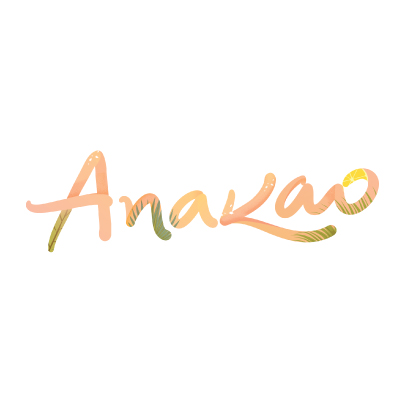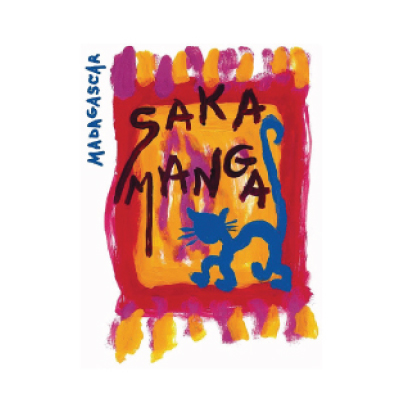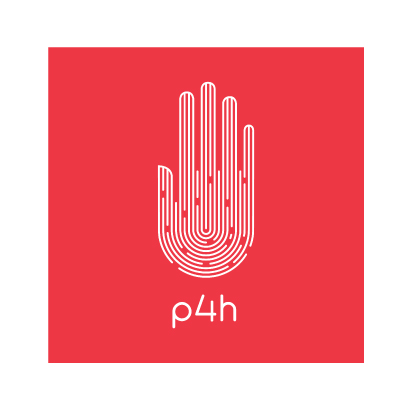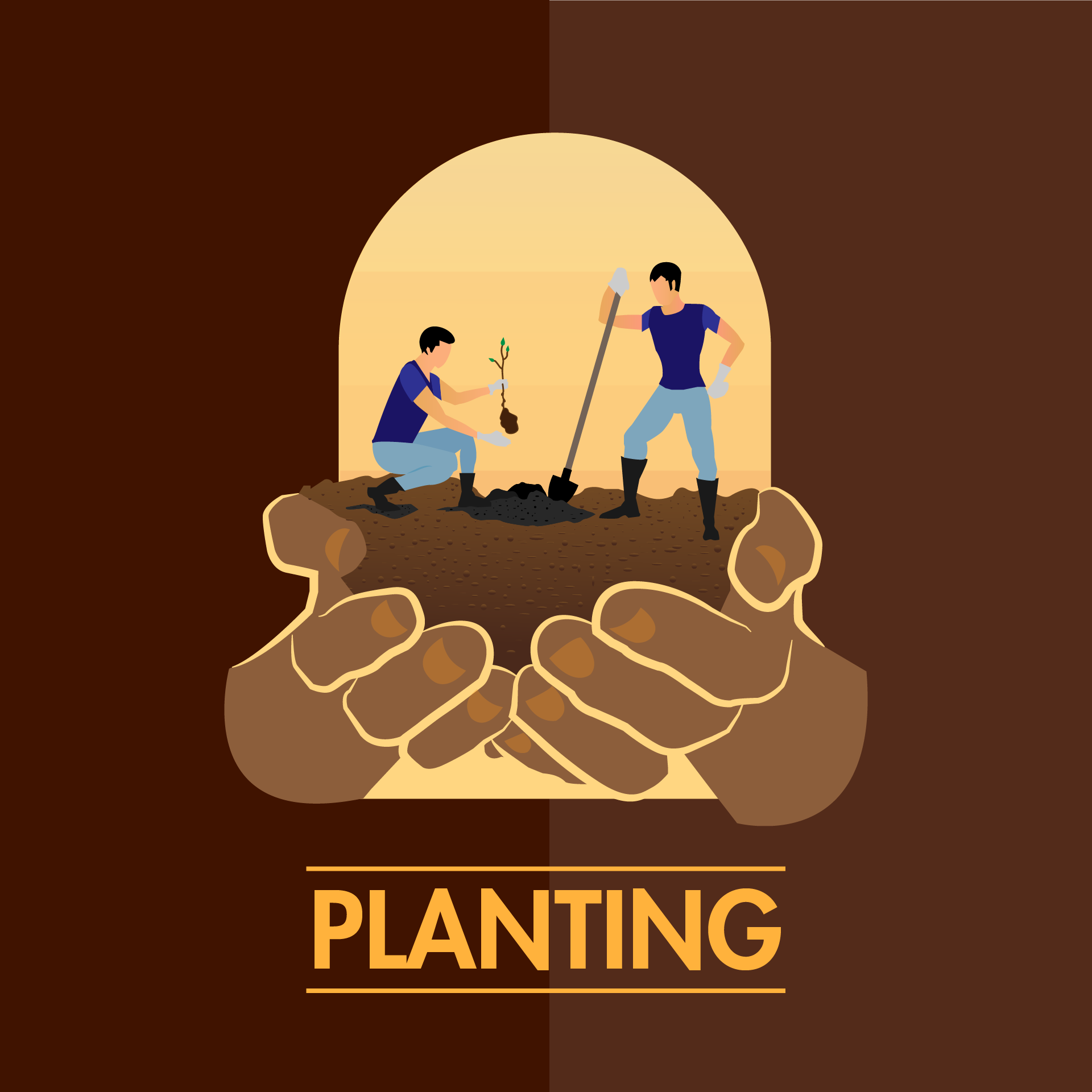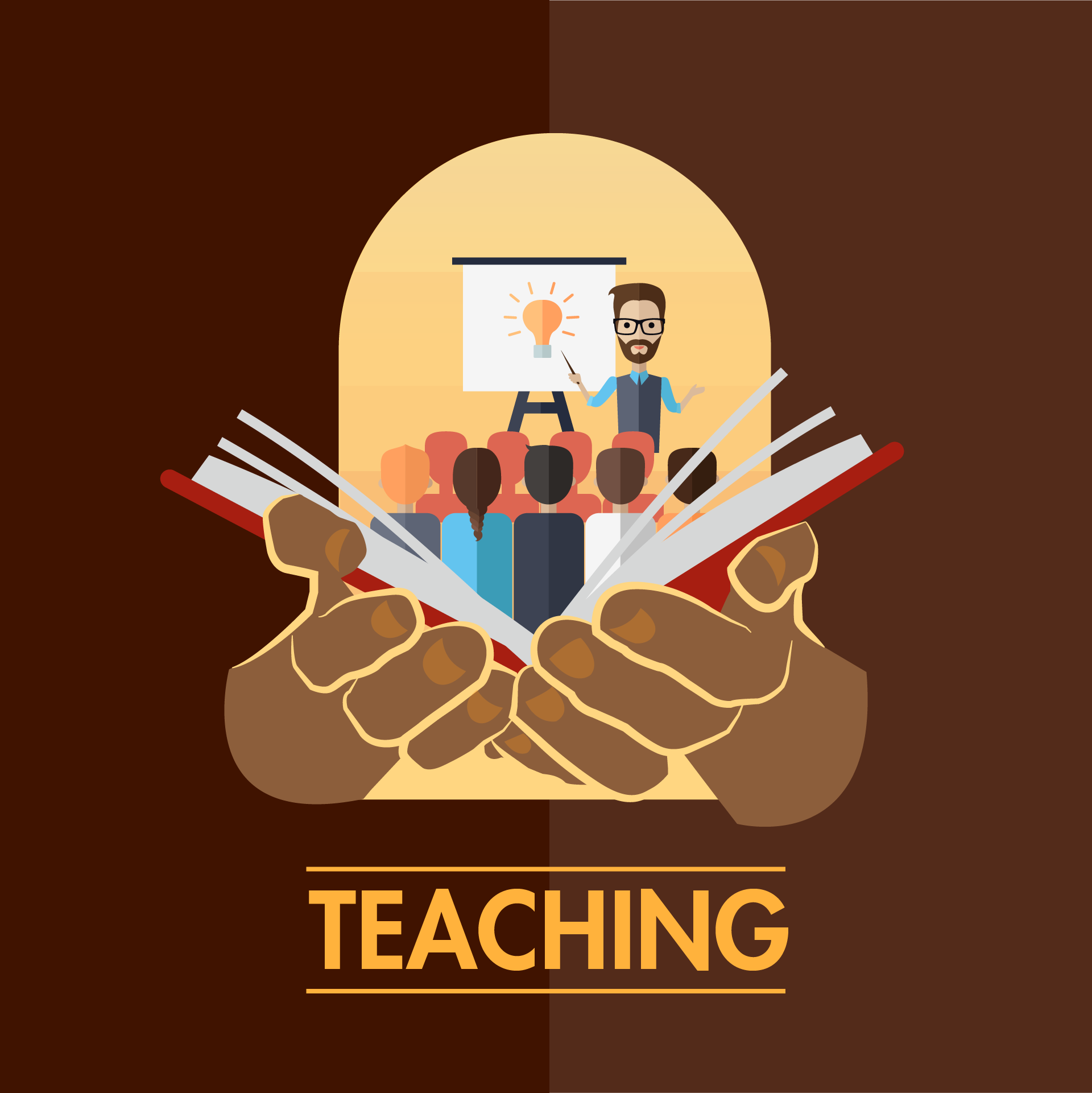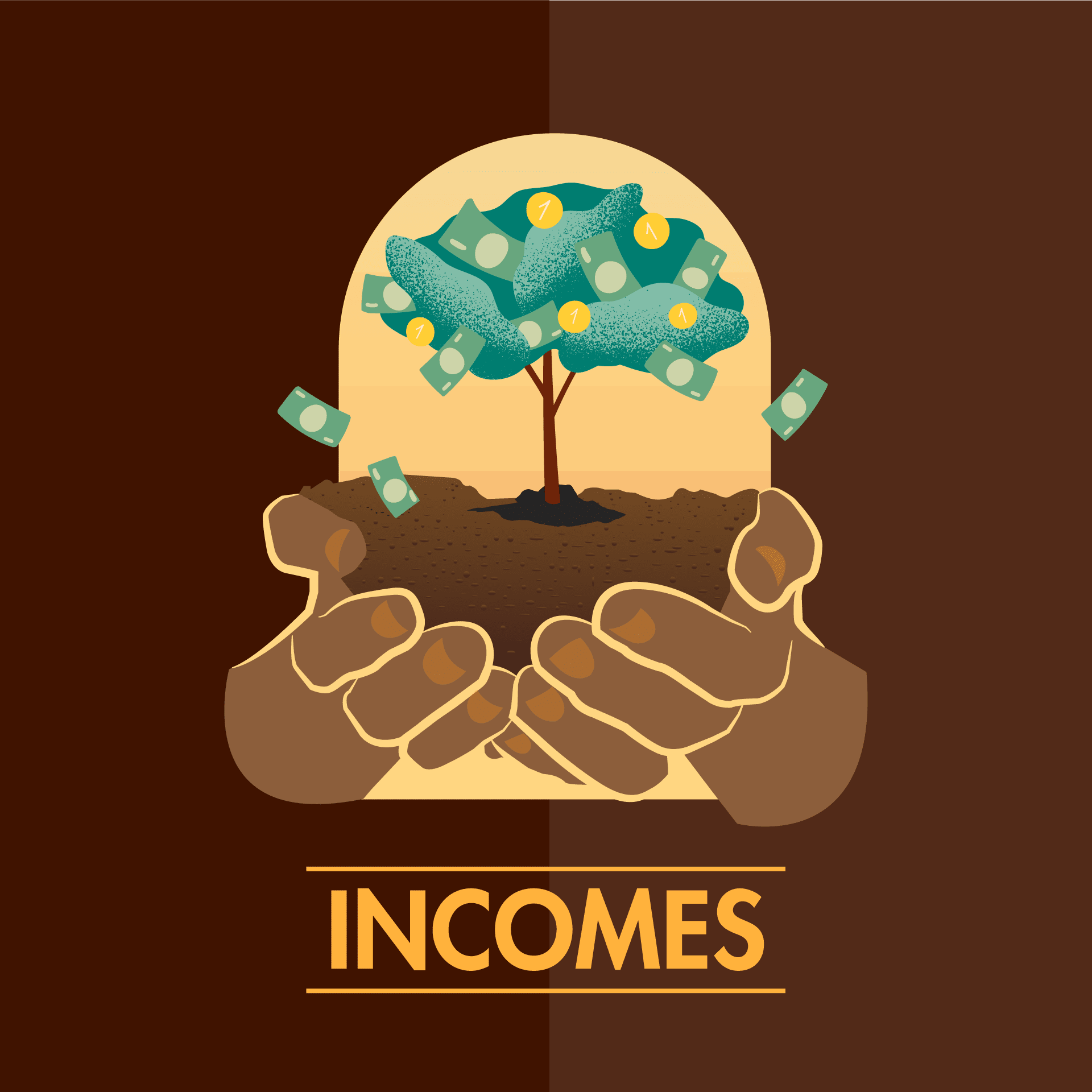-
Saving the world’s largest baobab forest fromdisappearing in only 5 years
THE "SAVE BAOBABS" INITIATIVE
-
The most touristic region due to the famous "Avenue of the Baobabs"
MENABE
REGION CONTEXT
40% of the forest has already gone up in smoke50 Ha of forest keep burning out every day -
With no forest remaining, the region’s economy is affectedNo forest: no biodiversity and no tourism!
ECONOMICAL DISASTER
No forest: no picking and no income! -
A massive rural exodus of the Menabe inhabitantsCities under pressure due to these migrations
SOCIAL AND DEMOGRAPHIC
CONSEQUENCES
-
Madagascar: among the 7 species of baobab trees out of 8, which 6 are endemicsOver 100 species of lemurs
A BIODIVERSITY HOTSPOT
TO PRESERVE
Thousands of medicinal plants, rare active ingredients, etc.
THE "SAVE BAOBABS" PROGRAM
Our program is the fruit of several years of empirical research and field testing alongside local actors of various expertise (NGOs, National Park, Private Sector, Scientific Research, etc.).
Saving baobabs trees implies saving the dry forest. Saving the dry forest implies working on
3 main actions:
To achieve the goal to save the world’s largest baobab forest, Dry Forest aims to sponsor 100.000 baobabs trees before the end of December 2020 and therefore, welcomes any contribution.
With 90% of its original forests lost, Madagasikara is a critically endangered biodiversity hotspot. The red island’s forests are the most threatened habitats in the world. Poverty, lack of education and lack of job opportunities are the roots of this chaos, especially for local communities living nearby the tropical dry forests.
Madagasikara is home to 7 species of baobab trees among the 8 species accross the planet and 6 of them are endemic. As a natural World Heritage to be rescued, the world’s largest baobab forest requires an emergency plan including practical actions.
The baobab tree is the emblem of the dry forests of Madagasikara. In Malagasy language, the baobab tree is called Reniala or Renala, literally “mother of the forest”. Located near Morondava, the famous Avenue of the Baobabs is one of the main tourist attractions on the red island. However, any experienced observer will recognize the reversed side of the postcard: only the baobab trees have resisted human pressure, that is to say bush fires. Unfortunately, this is what awaits the Malagasy dry forests if nothing is done to reverse the trend.
Each sponsorship funds our 3 main actions: Planting, Teaching, Generating incomes. Dry Forest itself has planted 2.000 baobab trees during the experimental phase of the program. This experimentation phase enabled Dry Forest to establish the sponsoring price for a baby baobab tree.
01 Baobab
5€*
*5 euros for the sponsorship of a baobab tree, from nursery to adulthood.
Sponsor one baobab or more, also offer baobabs as an original gift to your loved ones, and contribute to the “Save Baobabs” program over 3 years, until your baby trees reach adulthood.
In recognition of your sponsorship, Dry Forest will gratefully send you your very personal certificate mentionning your name and the number of baby baobabs you have sponsored.

LET’S TAKE CARE OF THE LARGEST BAOBAB DRY FOREST, TOGETHER ! SPONSOR BABY BAOBAB TREES AND GIVE SOME TO YOUR FAMILY & FRIENDS. ADOPT A BABY BAOBAB TREE NOW AND CONTRIBUTE TO THE PRESERVATION OF A MAJESTIC FOREST IN MADAGASIKARA !
OUR PARTNERS

